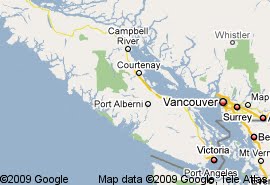The lifeblood of Egypt is running dry
 The clock strikes five on a hot and dry fall morning when 60-something Ali al-Faqi makes his way through the darkness to meet up with four other farmers at the mosque of his Nile Delta village. By the dim glow of the flickering streetlights, the anxious group sets off on the mile-long trek to their fields just north of Cairo. Holding their breath, they peer into the 8-foot-deep irrigat
The clock strikes five on a hot and dry fall morning when 60-something Ali al-Faqi makes his way through the darkness to meet up with four other farmers at the mosque of his Nile Delta village. By the dim glow of the flickering streetlights, the anxious group sets off on the mile-long trek to their fields just north of Cairo. Holding their breath, they peer into the 8-foot-deep irrigat
“The water situation in Egypt is critical,” said Minister of Water Resources and Irrigation Mohamed Abdel Ati. “We have reached a point where the available water quantities set the limits for economic development. We have become one of the driest countries in the world.”
Reporter Ayah Aman joins Al-Monitor's Off The Hookah podcast to talk about her experience reporting this story.
Egyptian civilization emerged more than 5,000 years ago as heavy summer rains in the highlands of East Africa carried vast amounts of high-quality silt to the lower reaches of the Nile. The resulting soil proved particularly fertile, giving birth to a lush green ribbon that snakes through some of the world's driest lands. In a country that receives less than 8 inches of rain along the coast — and almost none at all south of Cairo — the Nile continues to fulfill 90% of Egypt's water needs.
But surging population growth along the Nile compounded by the devastating impact of climate change threatens disaster as more and more people compete for a dwindling resource. Today, Egypt faces an annual water deficit of more than 20 billion cubic meters (5.3 trillion gallons). That's the difference between the amount of water that people, crops and industry need and what’s available from the Nile in addition to limited quantities of groundwater, treated wastewater and desalinated water.
Despite being a national priority, the agricultural sector is one of the hardest-hit victims as Egypt runs out of water.
Read more: https://www.al-monitor.com/pulse/originals/2019/05/dry-nile-river-egypt.html#ixzz5q90FIz5E

No comments:
Post a Comment